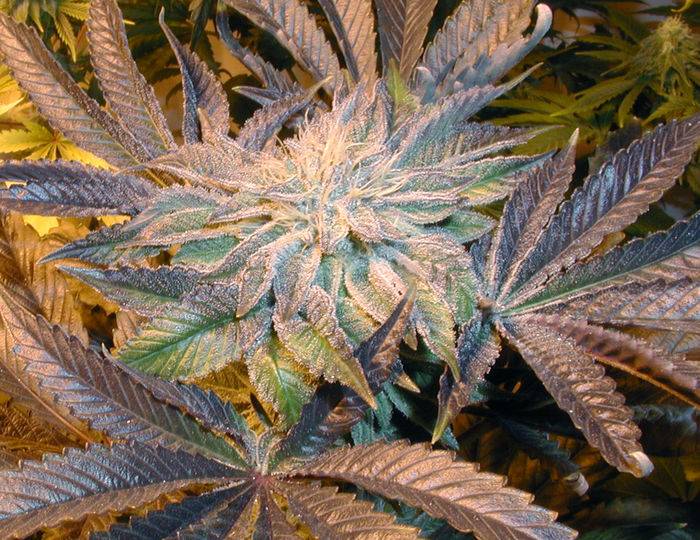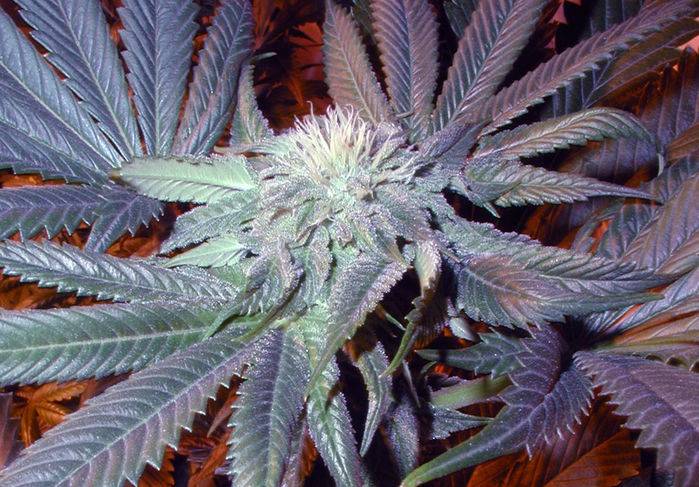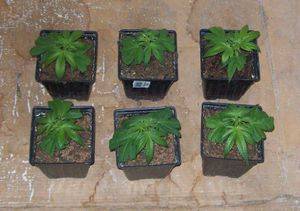O
olddrifter66
If I remember correctly, lifesaver gives you an almost euphoric head and body.....where as sourbubble is almost like a tasty ass tranquilizer.
olddrifter66 said:If I remember correctly, lifesaver gives you an almost euphoric head and body.....where as sourbubble is almost like a tasty ass tranquilizer.

 opens up that third eye.
opens up that third eye. 





Care Free 1 said:I am really amazed that BOG did not continue production of this plant, or at least pass it off for other professional breeders to work with. The combination of potency, plant structure, and breeding capabilities make it highly desired.
I'm just glad I am able to continue on with it, hopefully for the next 10 years or so.


Incredible. Good work, SW.southwind said:Notes from 2007.
Had the fortune to have some plain 'vanilla' DNA protein profiles of some hybrids to get an idea of what we are looking at with especially Sour Bubble.
Before anyone gets into a tizzy about it, try to understand that unless one has access to a much more expensive DNA testing facility one cannot get an absolute INDIVIDUAL fingerprint on a single plant.
It has been done on a an acacia[I think it was acacia] inthe Southwest desert for a murder trial, that is one instance I know of for sure.
They were able to type that EXACT tree down to some leaves that had fallen in the bed of the suspects pichup.
I have not had and will not have in the forseeable future that LEVEL of DNA test.
But I did have access to a test that is accurate for Genus, species. LL
And for some other data.
The results were transmitted to me via a breakdown of that data, rather than the actual electrophoretic plates which have the company logo on them and would be in bad tatse and stupid for security reasons.
The data was able to test the original progeny from original BOG seeds, and compare to the progeny of the 'F2' generation..i.e. Lifesaver X Lifesaver etc .al.
I've heard this before about many diff strains / breeders. And it''s true, from my limited experience. But, in the back of my mind, I always wondered if it was just another canna-mythThe result was similar enough on a genetic protein profile to be encouraging
in that it should result in F2 progeny that is [essentially] as close to BOG original seeds as possible, with out recreating his hybrids by breeding the original parental stock again.
Good news!Which is not only impossible but would still result in slightly different hybrids.
EXAMPLE:
In breeding my 'double flowered pink' holly hock I found a remarkable specimen
in the progeny.
The original parents were:
SLIGHTLY DOUBLE BURGUNDY HOLLY HOCK
X
DOUBLE LIGHT PINK HOLLY HOCK
What I wanted was more pink or burgundy into a double flower.
I needed 2 doubles to ensure best chance for double progeny[double is recessive]
and burgundy is dominant, so I needed to 'tone it down' with a LIGHT pink.
The result was many doubles with mostly burgundy color, some single burgundy, some single darker pink, and a few NICELY DOUBLE DARK PIN WITH BURGUNDY CENTERS.
SUCCESS!!
NOW THE EXAMPLE:
in doing that same cross AGAIN WITH SAME PARENTS, I got many double pink with burgundy centers
some single pink
some double pink
some single burgundy
some odd half double darker pink.
So as you can see, crossing the EXACT SAME PLANTS 2 TIMES may result in different hybrids.
and so even if we have BOGs original parents it might take us a few tries to get close to what he actually released.
And of course we do not have nor ever will have his original stock.
BUt we can get REMARKABLY CLOSE by crossing his progeny..i.e. Lifesaver X Lifesaver..etc al.
...sounds promising...The only other result that we gained in testing was a baseline on some very old pur Sativas from Thailand and some pure Indicas from Afghanistan.
Both circa 1977.
We hope that they had never had an opportunity to be crossed at that point in time as the sites from which they arose were remote.
third less important but interesting result was the presence of Polyploid material.
Which can be seen by the experienced eye[not mine] on electrophoretic 16 stage panel.]]
As typical in first gen survivors extra large leaf progeny is common, but with incidence of extra large stalk/trunk/and or defects.
Subsequent progeny BX to non treated specimens can reduce defects.
end notes,
8-23-08
[notes to s..plate #26 low reg. chromosome polyploidy large packet ]
Sour Bubble pheno 'A''


LOL...ain heard dat 1 b4...southwind said:wow..i wish i had that swing in my backyard.
sw






Care Free 1 said: